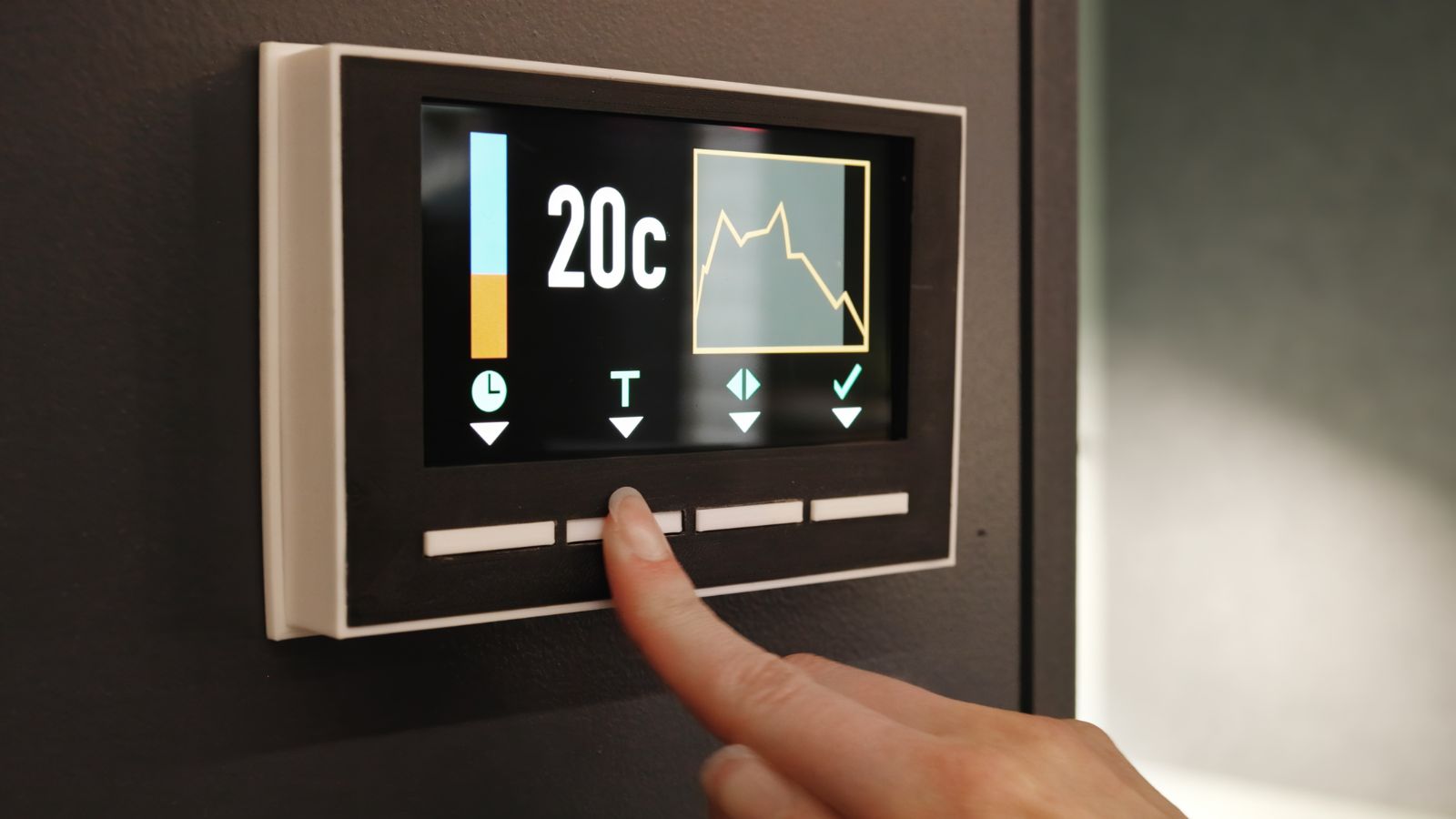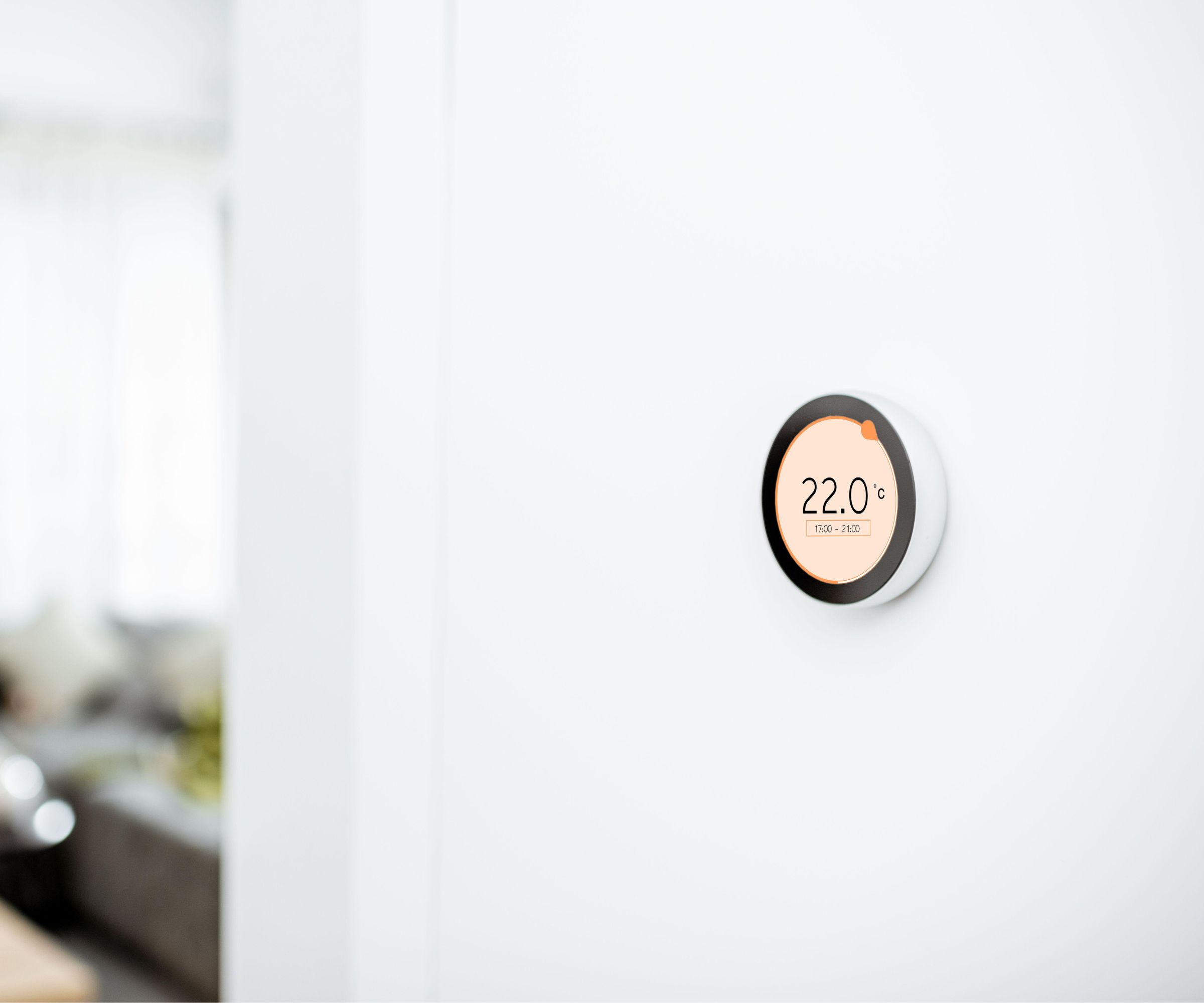
As the chill of winter gradually gives way to the warmth of spring and the beginning of summer months, there comes a time when our heating is no longer necessary. Knowing when to turn off your heating can help you cut energy bills. So, we asked the experts to weigh in with their thoughts on when this might be.
Across the diverse range of temperatures in the United States, pinpointing the best time to turn off your home heating types isn't a one-size-fits-all answer. It will depend on various factors, from geographical location to climate patterns, elevation, home insulation, and personal comfort.
However, our energy experts have provided their recommendations for the ideal times to turn off your heating, helping you make the best decision in the transition from winter to spring.
Energy experts reveal when you can turn off your heating
It's crucial to keep an eye on local weather forecasts and temperatures to determine the best week to transition away from heating. 'A practical approach is to wait until the outside temperature is consistently between 55 and 60 degrees Fahrenheit. In this range, indoor spaces retain heat better, which reduces the need for constant heating,' says Thais Costa at New Era Plumbing & HVAC.
Here's a breakdown of ideal times to stop using heating systems in different regions:
The West

'The ideal time to stop heating can vary widely in the West's diverse climates, which can range from cool coastal areas to hotter inland regions,' says Josh Mitchell, HVAC Technician and Founder of Air Conditioner Lab.
'Generally, lower elevation areas with milder climates, such as coastal areas and valleys, might see a transition in late March to early April. While inland areas, especially those at higher elevations, where winter chills tend to linger might wait until late April.'
Midwest

'The Midwest experiences cold winters, and spring temperatures can be unpredictable,' explains Josh Mitchell. 'In general, as the weather starts to stabilize and warm up, homeowners might consider turning off their heating systems by mid-to-late April.
'However, in some areas of the Midwest, particularly those with higher elevations, households can continue to utilize heating systems even until mid-to-late May.'
Southwest

'Given the warmer climate, especially in desert areas, heating might cease earlier in the year,' recommends Josh Mitchell. 'Depending on the year's specific weather patterns, residents can often safely turn off their heating systems as early as late February to early March.'
Southeast

'The Southeast enjoys a milder winter than the northern regions. Homeowners here might find the beginning of March a comfortable time to stop using their heating systems as temperatures begin to warm consistently,' says Josh Mitchell. 'However, in areas with milder climates and lower elevations, households may start reducing heating even easier, potentially in late February.'
Northwest

Finally, Josh Mitchell explains: 'This region, known for its wet and cooler climate, especially in coastal areas, might require heating until late April or early May. The inland areas might transition sooner, depending on the altitude and specific local climate conditions.'
'Bear in mind that deciding to call off the heating doesn't mean you need to turn off your furnace completely, especially since the furnace fan can be used to circulate cool air during the warmer months,' says Thais Costa. 'This can be one of the most common thermostat mistakes. Instead, set the thermostat to a lower temperature to prevent the furnace from turning on and off cycles, saving energy while keeping the room comfortable.'







